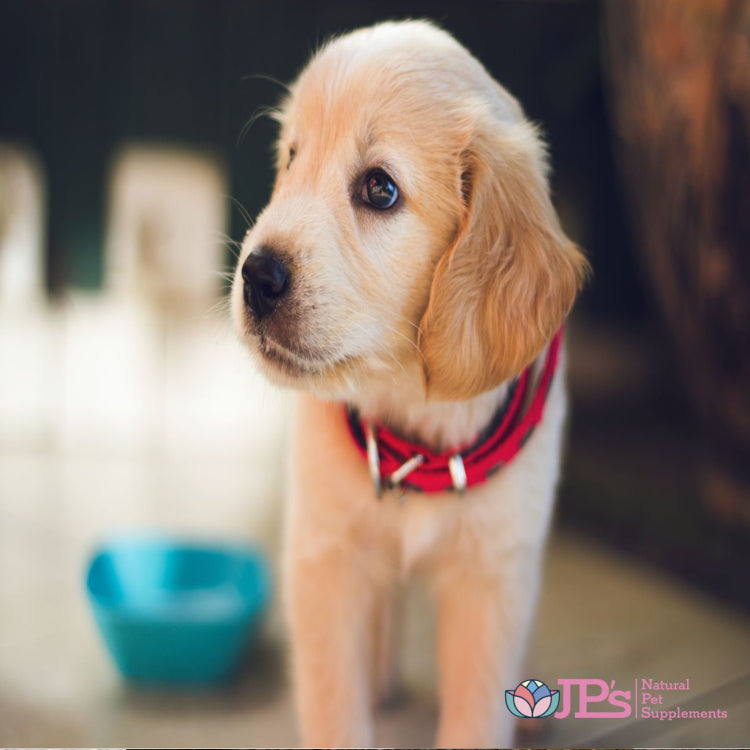Nervous and reactive dogs when visitors arrive at your home
The door is the epicentre of some common nuisance behaviours in some dogs, when they have not been trained correctly, resulting in unwanted barking, jumping up on visitors, and reactive-nervous. With positive training and a little patience, these behaviours can be improved and potentially eliminated.
Some dogs can be nervous when visitors arrive at your door. If your dog is nervous about visitors, then it is almost understandable, it is their home and they didn’t invite a complete stranger to come into their home. Having people come over can be overwhelming for your dog and scary depending on your dog’s temperament, so it is the owners’ responsibility to do the training, so your dog has more confidence. In some cases, it is not always a simple fix, especially if your dog has reacted in a certain way for a long time. If you are struggling, then I would recommend getting help from a dog behaviourist to put a plan in place to ensure you are reacting and rewarding in the correct way.
If your dog is extremely nervous and reactive in the short term, I would use a baby gate or a barrier to separate the dog from the front door, this will not replace your training, but it helps while you are working on this behaviour. Always leave a pot of treats by your front door to hand to your visitors when they arrive, ask them to toss the treats towards your dog, and never hand feeding because this only puts more pressure on your dog. Your dog will soon learn that when visitors arrive at your home this is extremely rewarding as they receive tasty rewards, and it helps to build their confidence. If your dog stops barking and starts to relax, then tell your visitors to throw more treats toward your dog to reinforce the calm behaviour.
Ask your guests to ignore your dog completely, this includes not talking to your dog or trying to pet your dog. Your dog can become fearful if the visitors come straight in at them. Ask your visitors to only interact with your dog when your dog has walked over to them calmly, this normally happens when everyone is sitting down, and everything is a bit calmer. Do not allow your visitors to follow or force themselves on your dog to come over to them. Never force your nervous dog to stay too close to the source of fear, and do not punish your dog for barking as this will only make your dog more anxious.
Go slowly when exposing your dog to your visitors. The first step to your visitor’s arrival is to keep your dog at a good distance (behind a baby gate if your dog is extremely nervous), remember to only reward when your dog remains calm, and do not force your dog to continue if they are unhappy. Keep continuing with rewards when they remain calm.
Your aim with the training is to have your dog in a relaxed position when visitors arrive such as the settling exercise because this is teaching them to be calm and happy. By teaching them how to settle this becomes their safe haven as a comfortable place that your dog associates with wonderful things happening, and you can use this as a training tool. (Here is my link for setting exercise).
Provide other distractions that are more interesting such as puzzle toys, stuffed or frozen Kongs filled with treats, or even your dog’s dinner in a Kong. Begin to rehearse this training before the actual event of your visitors arriving, ask a friend or a neighbour to help you with door training. Ask your helper to always ignore your dog unless your dog walks over to them calmly and seeks attention. Then have your helper go outside and repeat the exercise. If you are practicing the door training with a nervous dog start off with a light training line on for safety.
Tips.
If you have visitors that do not listen to your instructions and carry on trying to fuss your dog, and you can see that your dog is getting more nervous, barking, and reluctant towards your visitors then I recommend putting your dog away, behind the baby gate, or in another room, away from the noise and confusion, Give them something to chew on or a stuffed Kong, and give them time to calm down. This is not time out or punishment because he has done nothing wrong, it is just your visitors are not listening, and you are going to undo all the good training time and effort you have put into your dog.
Some of the body language indicators of fear and stress to look out for. Barking, reluctance to investigate when approached by visitors, freezing in place and slow, cautious, and calculated movements indicate unease. Your dog might be on high alert and easily startled. Some dogs might progress to aggression to defend themselves in the face of a perceived threat. Hackles are raised hairs standing along the top of your dog’s back. Ears pinned backward could mean submissiveness or fear. A low or tucked tail between the legs usually shows a fearful or submissive dog. The tail may be wagging or moving, this is just a signal that the dog is excited and anxious. Whale eye, this happens when the dog is afraid to look at you, so he will actually turn his head the other way, at the same time he is not sure he should take his eyes off you, so with his head pointing away from you, he will try to look at you! It is called whale eye because you can see the white of their eyes, dogs that have this are afraid and feel threatened.
Justine Shone
JP Holistic Nutrition



















Leave a comment (all fields required)